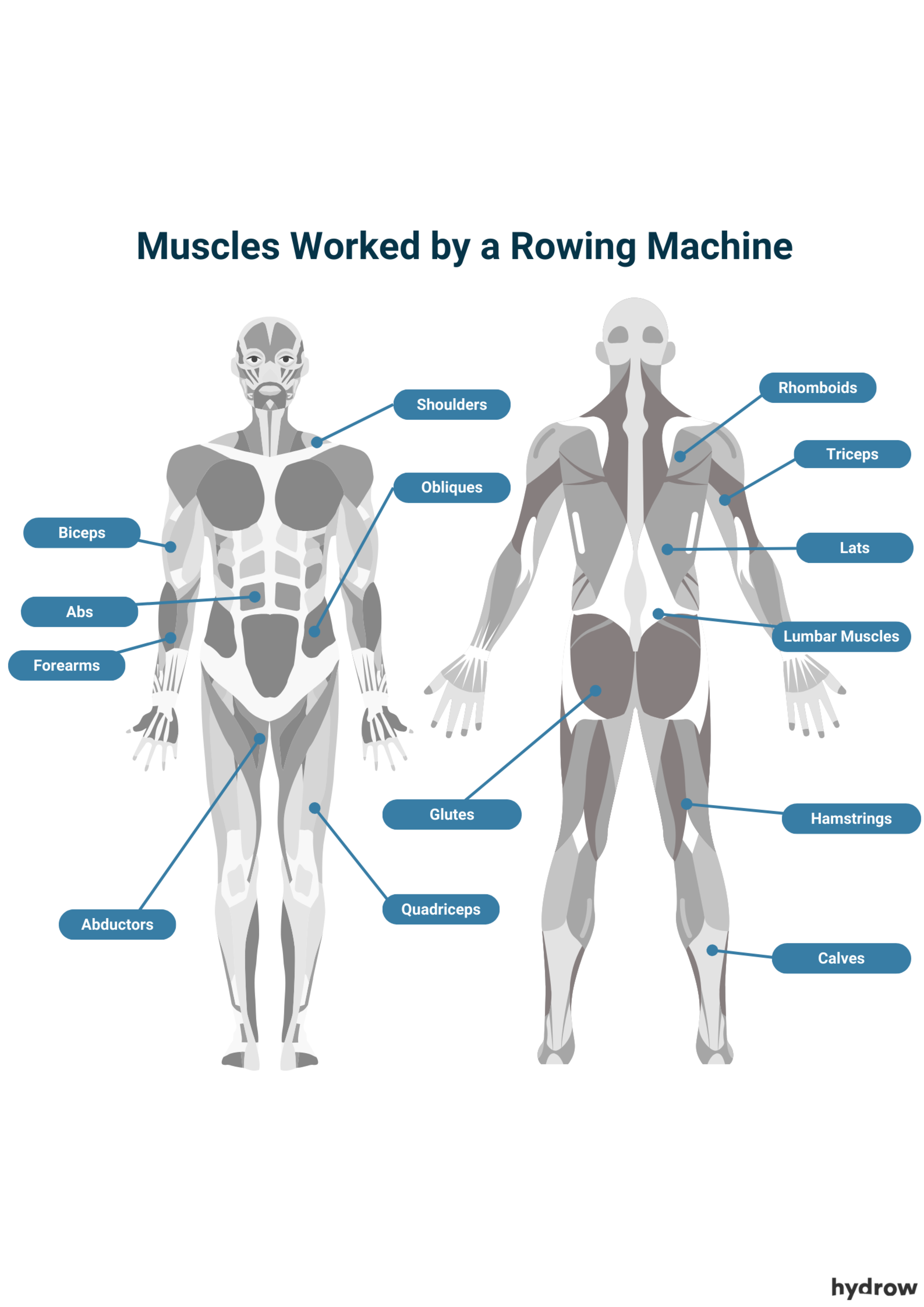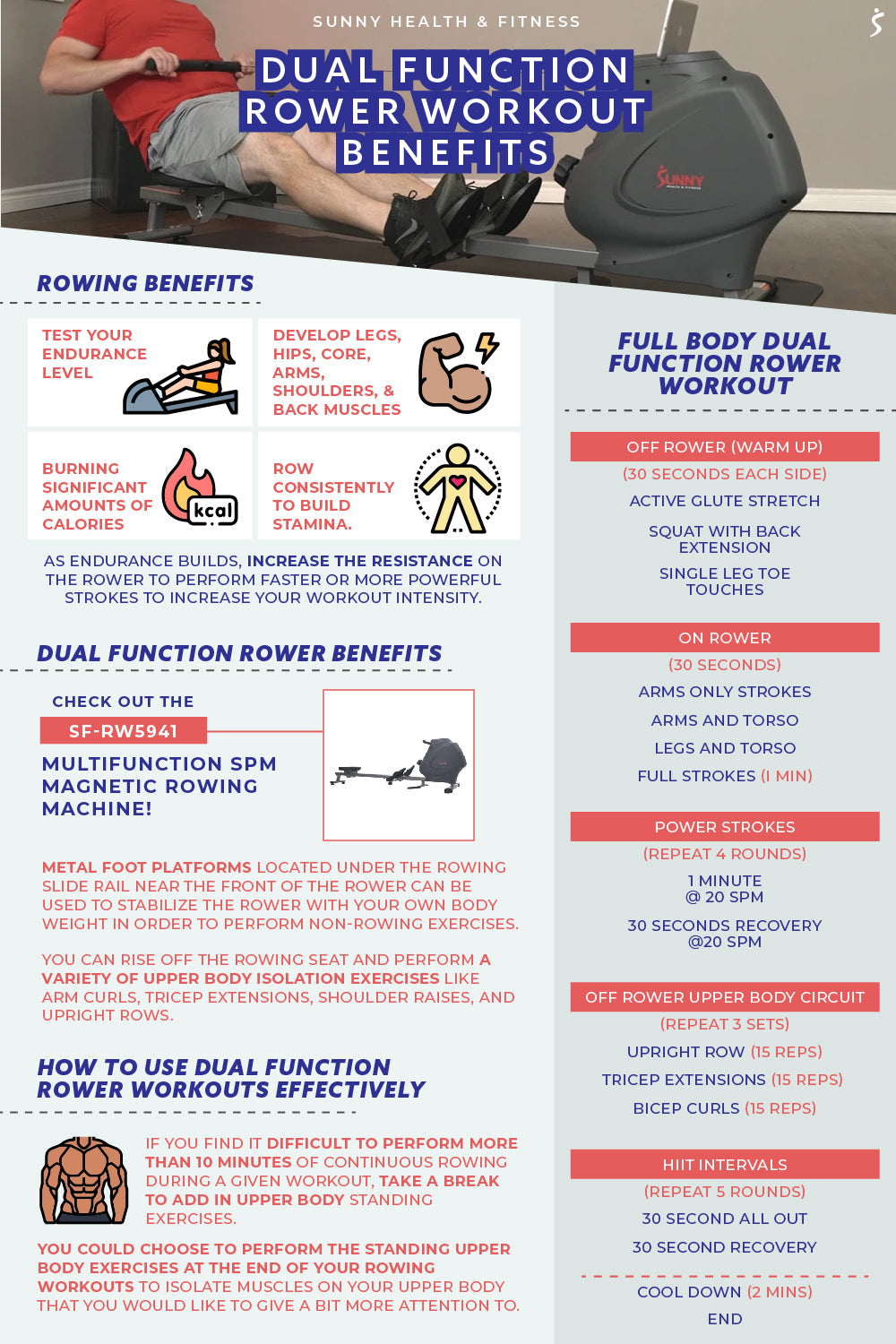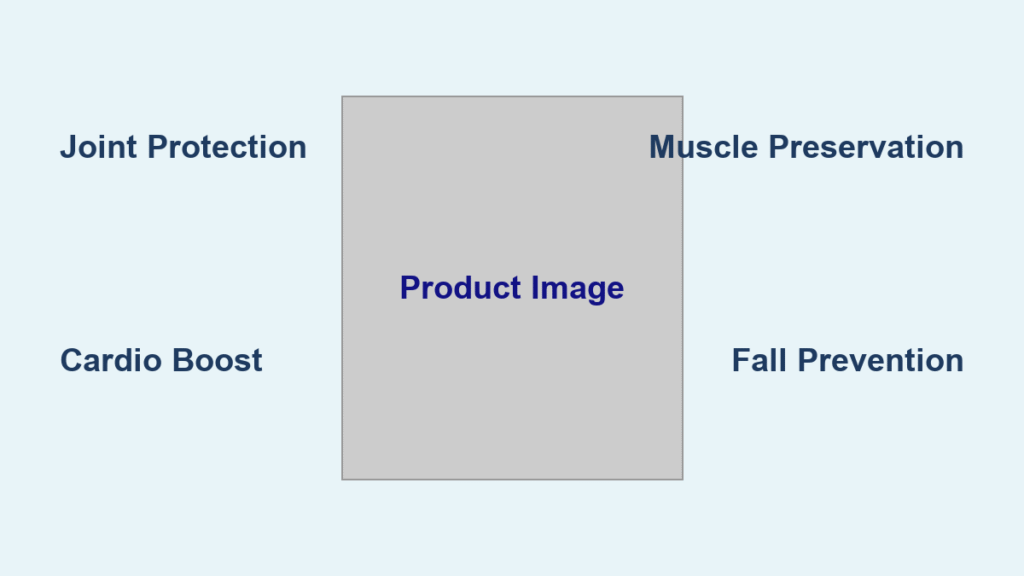If your knees protest when climbing stairs or arthritis turns simple movements into painful challenges, a rowing machine might be your most valuable fitness ally. This seated workout delivers comprehensive benefits without punishing your aging joints—unlike high-impact exercises that can accelerate wear and tear. Research confirms that consistent rowing transforms seniors’ physical capabilities, helping you maintain independence for daily tasks like carrying groceries or playing with grandchildren. The benefits of rowing machine for seniors extend far beyond basic fitness, addressing specific age-related challenges while building functional strength you can feel in everyday life.
Why Rowing Protects Aging Joints Better Than Most Exercises
Unlike running or aerobics that slam your knees with every step, rowing eliminates harsh impact forces while strengthening the muscles surrounding your joints. The smooth, gliding motion distributes weight evenly through your seated position, making it ideal if you have arthritis or joint replacements. Many seniors experience reduced pain within weeks of starting regular sessions.
How Rowing Lubricates Stiff Joints Naturally
The rhythmic rowing stroke increases blood flow to your joints, promoting natural lubrication that reduces stiffness and inflammation. Instead of avoiding movement due to pain, you’re actively nourishing your joints with each stroke. This continuous motion helps maintain joint mobility without triggering flare-ups—something most land-based exercises can’t claim.
Spine-Supportive Positioning for Back Pain Relief
Your spine remains properly aligned and supported throughout the entire motion, unlike standing exercises that compress spinal discs with each movement. This seated position makes rowing particularly valuable if you have osteoporosis or chronic back pain, allowing you to strengthen your core without aggravating existing conditions.
Cardiovascular Benefits Without Dangerous Heart Strain
Rowing safely elevates your heart rate while building cardiac strength through sustained, controlled effort. The predictable nature of the exercise lets you maintain steady intensity without sudden spikes that stress your cardiovascular system—a critical advantage for seniors managing heart conditions.
Real-World Endurance That Improves Daily Life
Regular rowing increases your VO2 max—your body’s ability to use oxygen efficiently—which directly translates to climbing stairs without gasping for air or having energy to play with grandchildren. Studies show seniors who row consistently experience 15-20% improvement in daily activity endurance within just 8-12 weeks of starting.
Natural Blood Pressure Control Through Consistent Effort
The aerobic nature of rowing helps reduce hypertension naturally by strengthening your heart muscle and improving circulation. Most participants see measurable blood pressure improvements within 8-12 weeks of consistent training, often allowing for medication reduction under doctor supervision.
How Rowing Combats Age-Related Muscle Loss

Sarcopenia—the progressive loss of muscle mass—affects everyone over 60, but rowing engages 85% of your muscle groups simultaneously, providing comprehensive resistance training that preserves strength for independence. This full-body engagement builds functional strength essential for daily activities.
Functional Strength That Makes Daily Tasks Easier
The pulling motion strengthens exactly the muscles you need for independence:
– Legs: Essential for standing from chairs and climbing stairs
– Core: Critical for balance and preventing falls
– Back and arms: Needed for carrying groceries or grandchildren
Unlike isolated weight training, rowing builds these muscle groups together in patterns that mirror real-life movements, making the strength directly applicable to your daily routine.
Progressive Resistance Training Without Joint Stress
Rowing resistance adjusts smoothly, allowing you to start with minimal resistance and gradually increase as your muscles strengthen—all while maintaining joint safety. This controlled progression is impossible with traditional weights, which often require sudden jumps in resistance that strain aging connective tissues.
Balance and Flexibility Improvements That Reduce Fall Risk
The complete rowing stroke actively stretches muscles through their full range of motion, preventing the stiffness that makes simple movements difficult. This dynamic stretching maintains flexibility in crucial areas like hips, shoulders, and spine—keeping everyday movements like reaching overhead or tying shoes within your capability.
Range of Motion Benefits for Daily Function
Each stroke moves your major joints through their complete range, maintaining the flexibility needed for independence. Regular practice prevents the “frozen” feeling that often accompanies aging, making simple tasks like getting in and out of the car noticeably easier.
Core Strength That Dramatically Reduces Fall Risk
Strong abdominal and back muscles built through every rowing stroke dramatically improve balance and stability. Research indicates seniors with stronger cores have 45% fewer falls annually—a statistic with profound implications for maintaining independence and avoiding hospitalization.
Bone Density Preservation Without Fracture Risk

As a weight-bearing exercise, rowing stimulates bone formation through consistent, moderate loading—without the high-impact stress of walking or running. This makes it particularly valuable for maintaining bone density in your spine and hips, critical areas for fracture prevention.
Safe Loading Strategy for Osteoporosis Management
The controlled pressure of rowing strengthens bones while minimizing fracture risk, making it superior to high-impact activities for those with osteoporosis. The seated position eliminates fall concerns while still providing the bone-building stimulus your body needs.
Mental Health and Cognitive Benefits Beyond Physical Fitness
The rhythmic nature of rowing creates natural meditative effects that reduce anxiety and depression. Many seniors find the repetitive motion calming, especially when combined with peaceful music or nature videos—turning exercise into therapeutic “me time.”
Cognitive Stimulation Through Technique Focus
Learning proper rowing technique provides valuable mental exercise alongside physical benefits. The coordination required—timing your stroke phases while maintaining form—creates neural connections that may help maintain cognitive function as you age.
Medical Condition Management Through Targeted Exercise
Arthritis Relief Through Gentle Movement
Rowing provides smooth joint lubrication while strengthening supporting muscles. The adjustable resistance allows customization based on daily symptoms—reduce resistance during flare-ups and increase when feeling strong, creating a workout that adapts to your changing needs.
Diabetes Control Through Dual-Action Exercise
Rowing improves insulin sensitivity through both cardiovascular activity and muscle strengthening. Regular sessions help regulate blood glucose levels by improving how your body processes sugar, potentially reducing medication needs and complications.
Getting Started Safely: Essential First Steps
Medical Clearance Checklist Before Starting
Consult your physician before beginning if you have:
– Cardiovascular disease or heart attack history
– Severe arthritis or joint replacements
– Uncontrolled diabetes or blood pressure
– Recent surgery or hospitalization
– Balance disorders or neurological conditions
Critical Safety Protocols for First Sessions
- Warm up for 5 minutes with light rowing or gentle stretching
- Monitor intensity using Rate of Perceived Exertion (RPE) scale—stay between 3-6
- Stay hydrated with water within easy reach
- Stop immediately if experiencing pain, dizziness, or unusual shortness of breath
Beginner Training Schedule for Immediate Results
Week 1-2: Technique-Focused Foundation
Start with just 2 sessions per week for 15-20 minutes each, focusing entirely on mastering proper form at very low resistance. Your only goal should be comfortable rhythm without pain—ignore speed or distance metrics completely during this crucial phase.
Month 2+: Consistency Over Intensity
Once you’ve mastered technique, aim for 3-4 sessions weekly of 30-45 minutes. Measure success by workout consistency rather than performance metrics—your future self will thank you for building this sustainable habit.
Choosing Senior-Friendly Equipment Features
Must-Have Features for Comfort and Safety
- Higher seat height (18-20 inches) for easier mounting/dismounting
- Quiet operation – magnetic resistance systems work best
- Large, clear displays without tiny text
- Stable frame prevents wobbling during entry/exit
- Emergency stop button or quick-release handle
Proper Technique Fundamentals for Maximum Benefit
The Power Distribution Formula You Need
Focus on 60% legs, 20% core, 20% arms power application. Many beginners make the critical mistake of pulling with their arms first—instead, initiate each stroke by pushing powerfully with your legs, which contain your strongest muscle groups.
Common Form Errors That Cause Injury
Avoid these technique mistakes that undermine benefits and cause pain:
– Hunching shoulders or rounding back
– Overreaching at the catch position
– Pulling with arms before using legs
– Holding breath during strokes
– Jerky, uneven rhythm
Tracking Your Progress Through Meaningful Metrics
Functional Benchmarks That Matter More Than Numbers
Measure improvements in daily activities rather than workout metrics:
– How many stairs can you climb without stopping?
– Can you carry heavier grocery bags?
– Do household chores feel less tiring?
– Has your balance improved when standing on one foot?
Making Rowing a Lifelong Habit for Independence
Start with achievable 15-minute sessions and celebrate consistency over intensity. Remember that rowing is one of the few exercises that gets easier as you get stronger—your technique improves, muscles adapt, and endurance builds naturally. Many seniors discover that what began as a gentle alternative to walking becomes their favorite daily activity, providing both physical benefits and peaceful meditation time.
The key to reaping the benefits of rowing machine for seniors lies in starting gently, progressing slowly, and focusing on how rowing improves your daily life rather than chasing performance metrics. Your future self will thank you for the strength, flexibility, and independence this simple machine provides—allowing you to maintain the active, independent lifestyle you deserve as you age.




